**”The Importance of Mental Visualization in Parkour Training: Enhancing Performance through Imagery Techniques”**
# The Importance of Mental Visualization in Parkour Training: Enhancing Performance through Imagery Techniques
Parkour, the discipline that transforms urban environments into playgrounds of movement, demands not only physical prowess but also a sharp mental edge. While most practitioners focus on physical training—strengthening their bodies to leap, vault, and roll—an often-overlooked aspect is the power of mental visualization. By harnessing the techniques of imagery, athletes can enhance their performance, reduce anxiety, and refine their skills. In this blog post, we’ll delve into the significance of mental visualization in parkour training, exploring its benefits, practical exercises, and nutritional support that can enhance mental performance.
## The Role of Mental Visualization in Parkour
### What is Mental Visualization?
Mental visualization, also known as imagery or mental rehearsal, involves creating vivid mental images of performing a specific task. In the context of parkour, this could mean visualizing a successful jump from one rooftop to another or smoothly executing a challenging roll. Research has shown that mental imagery can activate the same neural pathways as physical practice, which can be particularly beneficial for athletes looking to improve their performance.
### Why is it Important for Parkour Athletes?
1. **Skill Acquisition**: Visualization aids in learning new skills by helping athletes mentally rehearse movements before executing them physically. This is especially important for complex maneuvers in parkour where precision is essential.
2. **Injury Prevention**: By mentally rehearsing movements, athletes can become more aware of their body mechanics, reducing the likelihood of injury. Visualizing safe landings and proper form can translate to better physical execution.
3. **Boosting Confidence**: Visualization can enhance self-efficacy, making athletes feel more confident in their abilities. A strong mental image of success can often lead to actual success in practice.
## Practical Exercises for Mental Visualization
### Guided Imagery Sessions
Set aside 10–15 minutes each day for guided imagery sessions. Find a quiet space, close your eyes, and visualize yourself performing parkour moves flawlessly. Imagine the sensations, sounds, and even the adrenaline rush that accompanies each movement. The more detailed your imagery, the more effective it will be.
### Video Analysis
Record your parkour sessions and review them. As you watch, visualize yourself executing the moves perfectly. This will help reinforce good habits and identify areas for improvement. Pairing visualization with video analysis can create a powerful feedback loop for skill enhancement.
### Mental Rehearsal Before Training
Before you begin your training session, take a few moments to mentally rehearse the specific skills you plan to practice. Whether it’s a precision jump or a complex roll, envision yourself executing it successfully. This pre-training visualization can prime your mind and body for optimal performance.
## Nutrition Tips for Enhanced Mental Performance
### Focus on Brain-Boosting Foods
What you eat can significantly impact your mental clarity and focus. Incorporate foods rich in omega-3 fatty acids, antioxidants, and vitamins. Some excellent choices include:
– **Fatty Fish**: Salmon and sardines are packed with omega-3s, which are known to support brain health.
– **Berries**: Blueberries and strawberries contain antioxidants that may enhance memory and cognitive function.
– **Nuts and Seeds**: Walnuts and flaxseeds provide essential fatty acids and nutrients that support brain function.
### Stay Hydrated
Dehydration can impair cognitive function, so it’s crucial to stay well-hydrated. Aim for at least 8-10 cups of water daily, and consider electrolyte drinks during intense training sessions.
### Balanced Meals for Energy
A balanced diet rich in complex carbohydrates, lean proteins, and healthy fats can provide sustained energy levels throughout your training. Consider meals that include whole grains, lean meats, and plenty of vegetables to keep your body and mind in peak condition.
## Health Benefits of Mental Visualization
1. **Reduced Anxiety**: Visualization techniques can help manage performance anxiety. By mentally rehearsing scenarios, athletes can feel more prepared and less anxious when facing real-life challenges.
2. **Enhanced Focus**: Engaging in mental imagery can improve concentration and focus during training sessions, leading to better overall performance.
3. **Improved Recovery**: Visualization can aid in mental recovery post-training or injury. Mentally rehearsing movements can help maintain muscle memory and reduce the time it takes to return to peak performance.
## Conclusion
In the fast-paced world of parkour, where agility and precision are paramount, the power of mental visualization cannot be overstated. By integrating mental imagery techniques into your training routine, you can significantly enhance your performance, boost your confidence, and reduce the risk of injury. Coupled with a nutritious diet and focused practice, mental visualization offers an invaluable tool for both novice and experienced parkour athletes alike. As you navigate the urban landscape, remember that the mind is just as vital a muscle as the body—train it well, and watch your parkour skills soar.
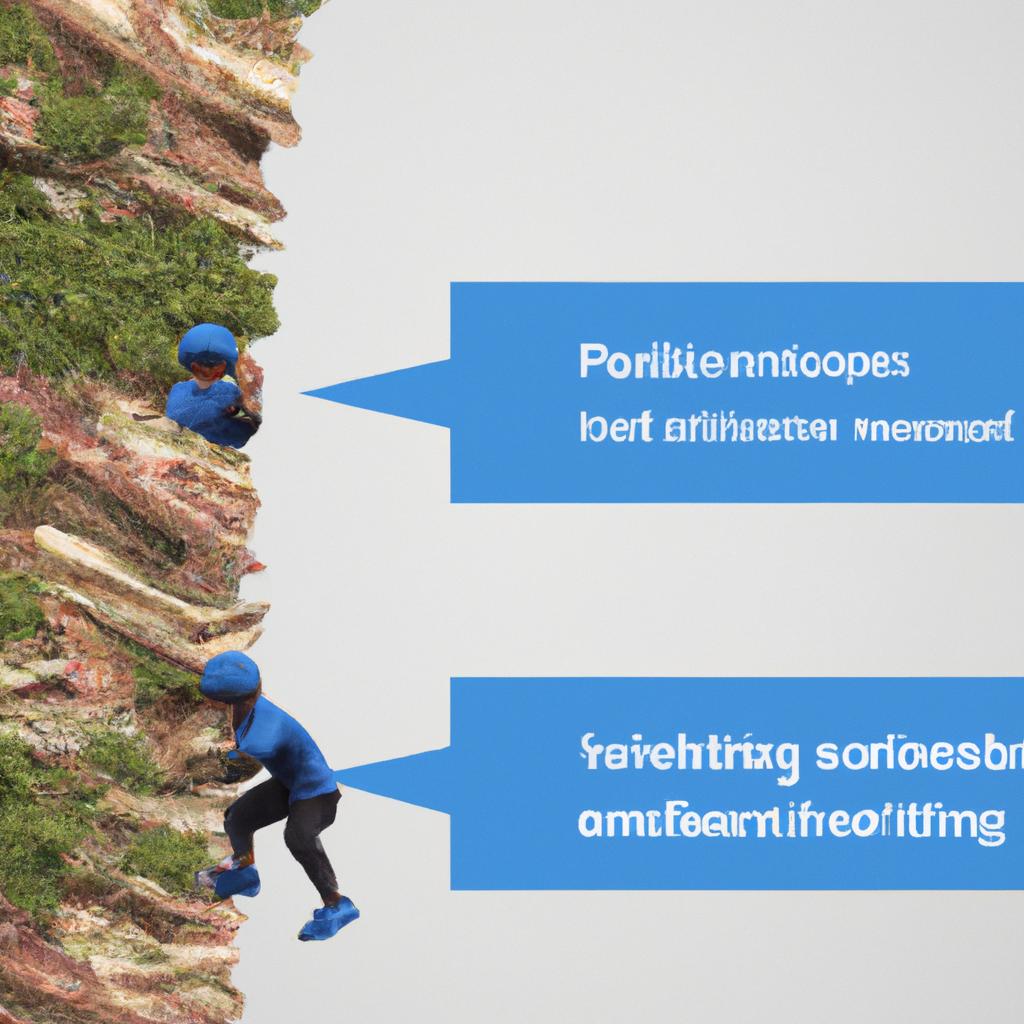




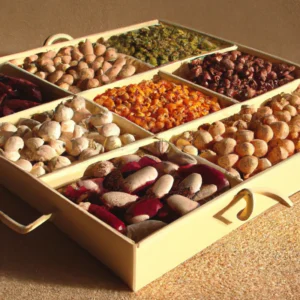
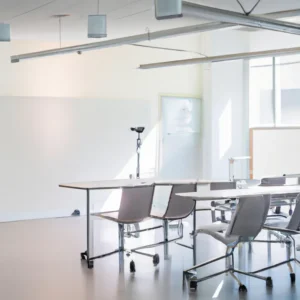

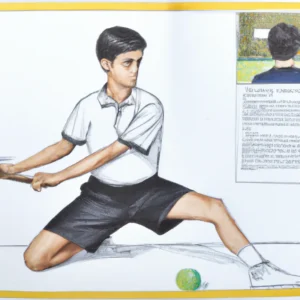
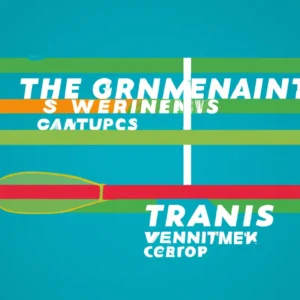
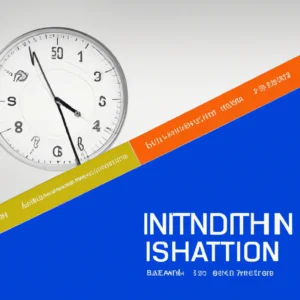
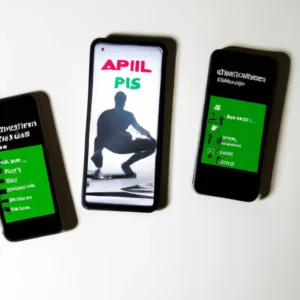
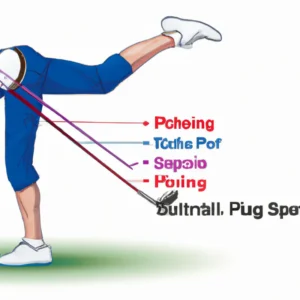
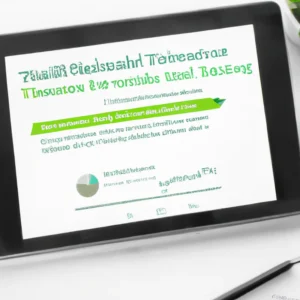
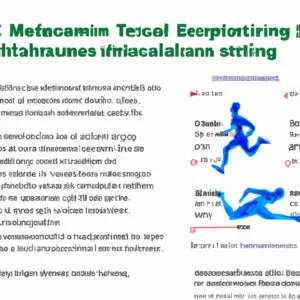
Post Comment